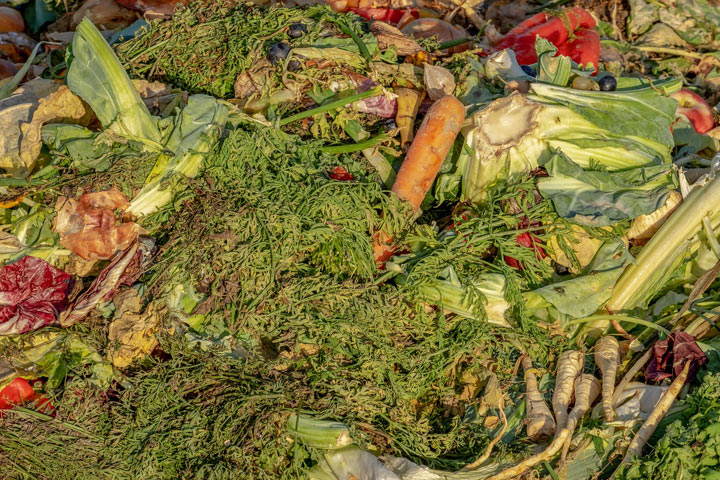Applying a value chain collaboration perspective to addressing food waste in the United States
Applying a value chain collaboration perspective to addressing food waste in the United States
Applying a value chain collaboration perspective to addressing food waste in the United States
Program: Dow Sustainability Fellows Program
Program details » | All Dow Sustainability Fellows Program projects »

Image by Couleur of Pixabay
(Dow Fellows Program 2013)
Food production accounts for 70% of global water use and 6% of energy use, and contributes significantly to deforestation. Yet, throughout the United States, food is treated as a disposable commodity. Most individuals living in the developed world are disconnected from the environmental, social, and economic impacts of food production. Each year, around 40% of all food in the United States, enough to fill the Empire State Building 91 times, goes uneaten. This is equivalent to throwing out $165 billion each year along with substantial amounts of energy, fertilizer, and 25% of all freshwater. Consumers are the largest source of food waste in the US, responsible for 44% of total food waste. Waste is generated at every step in the supply chain, including production, harvest, storage, processing, transportation, distribution and retail. Of the estimated 60.8 million tons of food waste that is generated each year in the US, 21 million tons (35%) is diverted from the landfill, primarily to animal feed. The remaining 39.7 million tons (65%) is sent to landfill or incinerated post-harvest. Food waste is the single largest type (21%) of municipal waste material sent to the landfill, and accounts for more than 20% of all methane emissions in the United States.